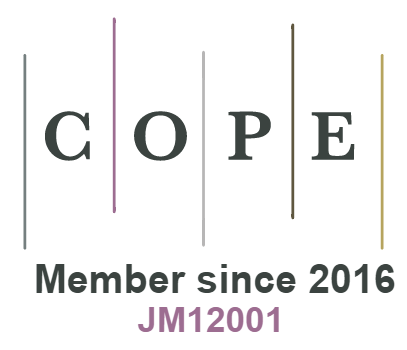- 29 December 2015
Article/Publication Details
Views: 4461
ON THE BORDER OF SELF-APPEARANCE. SELF-AFFECTION AND REFLECTION IN THE REMEMBERING IN KANT AND HUSSERL
| Title in the language of publication: |
AN DEN GRENZEN DER SELBSTERSCHEINUNG. SELBSTAFFEKTION UND REFLEXION IN DER WIEDERERINNERUNG BEI KANT UND HUSSERL |
| Author: | Guillermo Ferrer |
| Issue: |
HORIZON. Studies in Phenomenology. Vol. 4, №2 (2015), 87-98 |
| Language: | German |
| Document type: | Research Article |
| DOI : 10.18199/2226-5260-2015-4-2-87-98 | PDF (Downloads: 3350) |
Abstract
In the Critique of Pure Reason Kant points out that the inclusion of the inner representations of
a subject in the form of time does not link them so as to produce the self-consciousness. To this
end, a synthesis of the understanding — by means of the transcendental imagination — that affects
the inner sense is necessary. Therefore the temporal succession of my inner states will appear
to me until I draw implicitly an infinite line which is an image of time representing its succession
on the space, thus inasmuch as I am conscious, at least implicitly, of my activity of the drawing.
Using the example of the peculiar reflection of remembering, I will hypothesize the idea that
a phenomenology of self-consciousness could readopt and renew Kant's theory of self-affection;
however the limits of a phenomenological analysis of the reflection on my past and my past Self
shall be set. Because of these limits, the reflection on my past I is always tainted with «substitutes»
of my life-history, namely fluctuating representations of my experience in the past. Also, in this
respect I am a passive subject facing the spontaneity of my phantasy while I remember myself.
From a phenomenological point of view we can rearrange Kant's theory in this way: by reflection
on my past, the I splits into a remembering-I and a phantasy-I that fills out the horizon of memory
to some extent with substitutes. In this respect my life-history is never given to me without a mediation
of phantasy and imagination.
Key words
Self-affection, reflection, past I, Self, irrevocability, substitutes, phantasy.
References
- Allison, Henry E. (2015). Kant's Transcendental Deduction. An Analytical-Historical Commentary. Oxford: Oxford University Press.
- Ferrer, G. (2015). Protentionalität und Urimpression. Elemente einer Phänomenologie der Erwartungsintentionen in Husserls Analyse des Zeitbewusstseins. Würzburg: Königshausen & Neumann.
- Husserl, E. (1966). Analysen zur passiven Synthesis. Aus Vorlesungs und Forschungsmanuskripten 1918–1926 (Hua XI). Den Haag: Nijhoff.
- Husserl, E. (1973). Zur Phänomenologie der Intersubjektivität. Texte aus dem Nachlass. Dritter Teil: 1929–1935 (Hua XV). Den Haag: Nijhoff.
- Husserl, E. (1980). Phantasie, Bildbewusstsein, Erinnerung. Zur Phänomenologie der anschaulichen Vergegenwärtigungen. Texte aus dem Nachlass (1898–1925) (Hua XXIII). Den Haag: Nijhoff.
- Kant, I. (1998). Kritik der reinen Vernunft. Hamburg: Felix Meiner.
- Kern, I. (1964). Husserl und Kant. Eine Untersuchung über Husserls Verhältnis zu Kant und zum Neukantianismus. Den Haag: Nijhoff.
- Lohmar, D. (2008). Phänomenologie der schwachen Phantasien. Untersuchungen der Psychologie, cognitive Science, Neurologie und Phänomenologie zur Funktion der Phantasie in der Wahrnehmung. Dordrecht: Springer.
- Richir, M. (2000). Phénoménologie en esquisses. Nouvelles fondations. Grenoble: Éditions Jérôme Millon.
- Ricœur, P. (1985). Temps et récit 3: Le temps raconté. Paris: Seuil.

This work is licensed under a Creative Commons Attribution-NonCommercial 4.0 International License.

|
|
|
|
|

|
|
|
|
|

|
|
|
|
|
|
|
|
|
|
|
|
|
|
|
|
|
|
|
|
|
|

|
|
|
|
|
|
|
|
|
|
|
|
|
|
|
|
|
|
|
|
|
|
|
|
|
|
|
|

|

|
Social networks:





